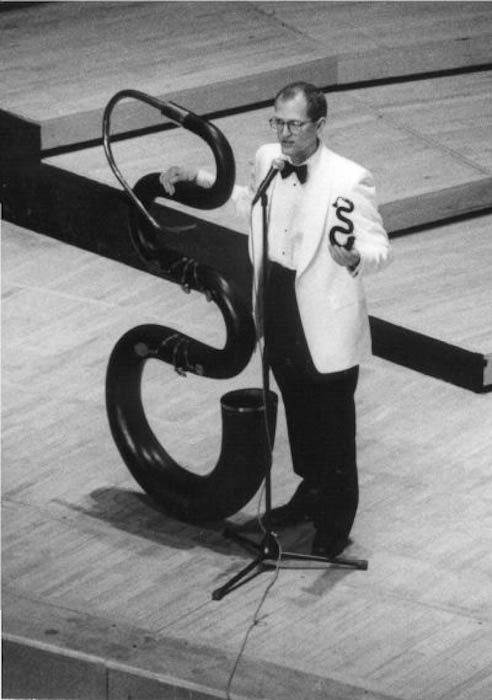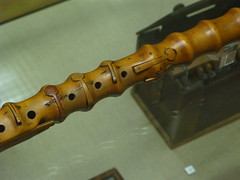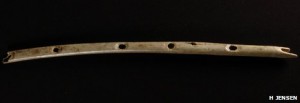
Category: History of the Whistle
Information relating to the history of the tin whistle

An interesting set of pictures sent in by Christian Cless. What do you think? Would this solve a problem for people that find reaching that bottom hole a challange? Please let us know what you think [ comments below]


I thought I’d just follow up on Misha’s post about our search for inspiration for the “toob”. Last Christmas holidays I happened to be heading through Berlin to Italy to visit the in-laws – no direct flights from Scotland to Venice, it seems we Scots are condemned to only visit the south of Spain cheaply… […]
It’s Official!

We might all have known it, but the world’s oldest musical instrument is a whistle. Discovered earlier this year by archaeologists in the Hohle Fels cavern in South West Germany, the end blown flute, or whistle, has been dated at an astonishing 35,000 years old. What is perhaps even more astonishing is that it’s rumoured […]
